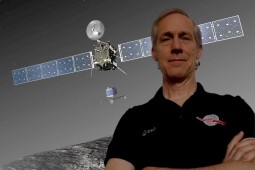Today, Dec. 8, we offer the following feature:
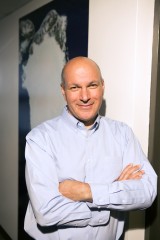
Changing Climate, Changing Policy (start time: 7:06): As political leaders are still hammering out an accord at the UN Climate Summit, or COP21, in Paris, to rein in global warming, today we discuss the underlying scientific facts about climate change, and the policy promises and challenges for our future. Hosts Susan Moran and Daniel Glick interview two Colorado scientists at the intersection of science and policy. Dr. Waleed Abdalati is a geoscientist and director of the Cooperative Institute for Research in Environmental Sciences (CIRES), a partnership between the University of Colorado-Boulder and the National Oceanic and Atmospheric Administration.

Dr. Lisa Dilling is an associate professor of environmental studies, also at CIRES, who brings expertise in science policy related to climate issues. She directs The Western Water Assessment, a NOAA program that provides information for policy makers throughout the Intermountain West about the region’s vulnerabilities to climate change impacts. Contributing host Daniel Glick was an editor of the 2014 National Climate Assessment, and his team has produced videos on the immediate and human impacts of climate change.
Hosts: Daniel Glick, Susan Moran
Producer: Susan Moran
Engineer: Maeve Conran
Executive Producer: Beth Bennett
Additional contributions: Joel Parker, Shelley Schlender
Listen to the show:
Podcast: Play in new window | Download (Duration: 25:26 — 23.3MB)
Subscribe: RSS

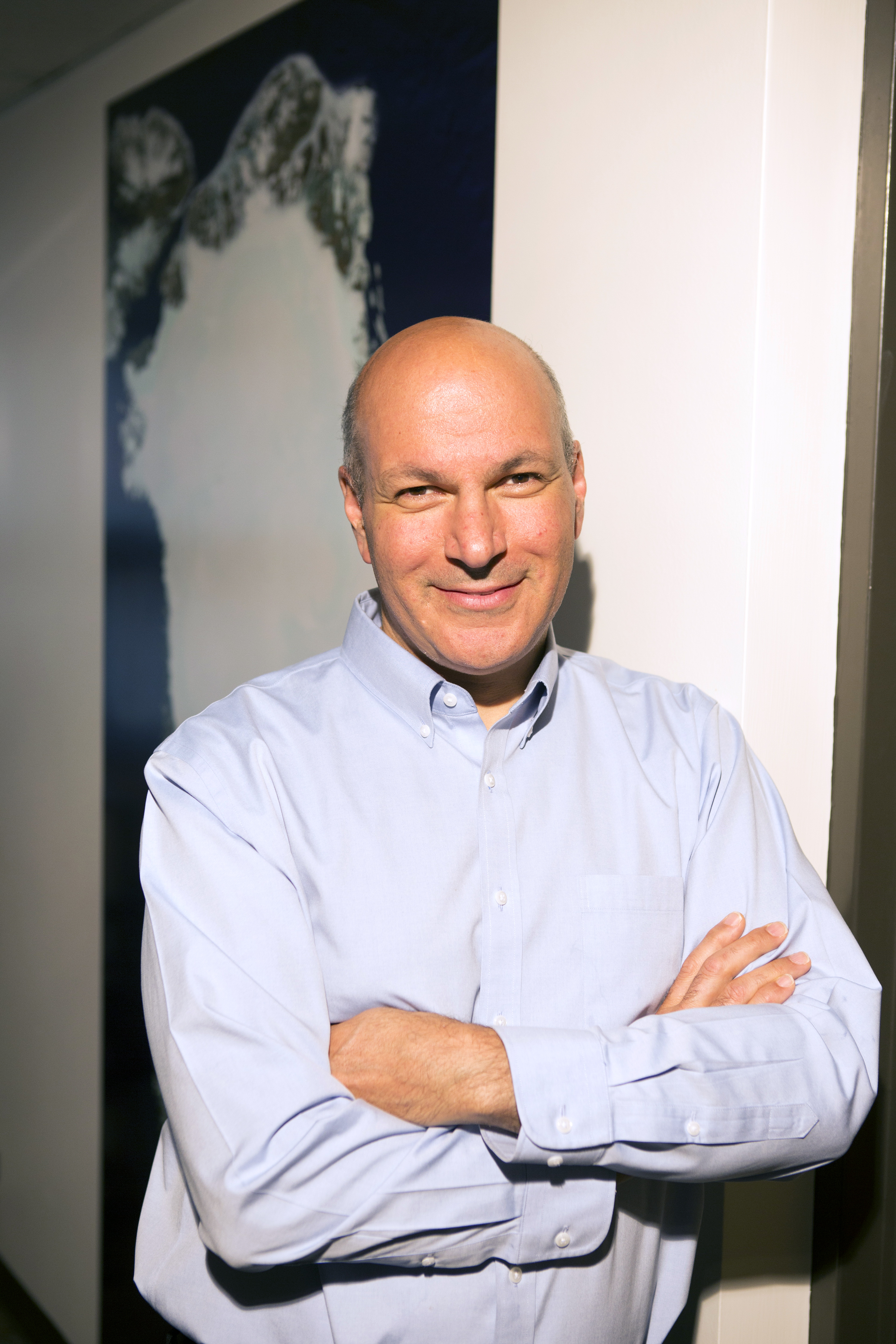


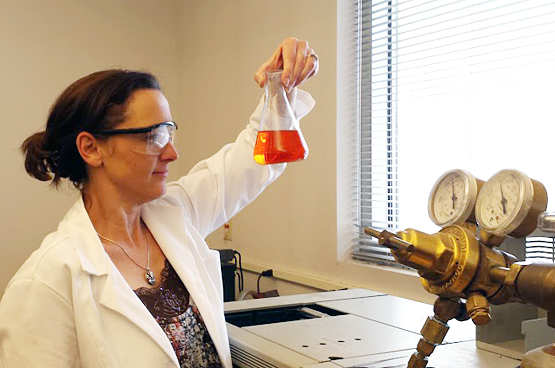
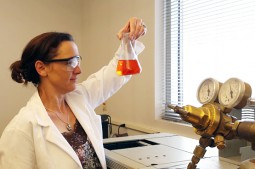

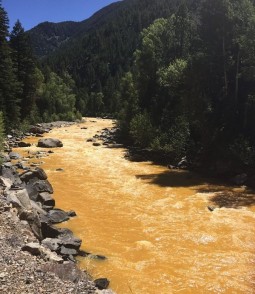

 Real Food (start time 4:20): What we eat , and how we eat, is inextricably connected to our own health as well as the health of the planet. Every decision we make—whether to bake a chocolate cake or buy it from Safeway or at a Farmer’s Market—is full of nuances and even contradictions.
Real Food (start time 4:20): What we eat , and how we eat, is inextricably connected to our own health as well as the health of the planet. Every decision we make—whether to bake a chocolate cake or buy it from Safeway or at a Farmer’s Market—is full of nuances and even contradictions. 
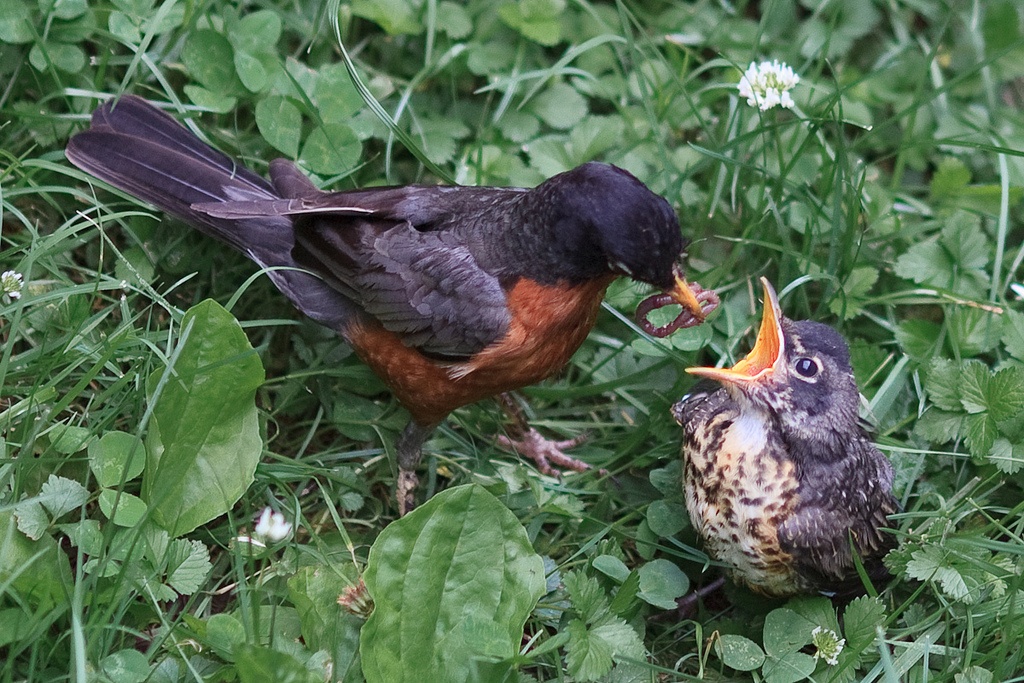
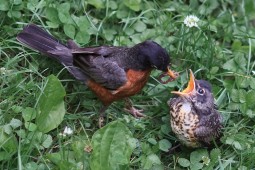
 The Science of Humor (start time: 14:32): Have you ever laughed at something you know you shouldn’t have? Like when someone you know falls down the stairs?
The Science of Humor (start time: 14:32): Have you ever laughed at something you know you shouldn’t have? Like when someone you know falls down the stairs? 

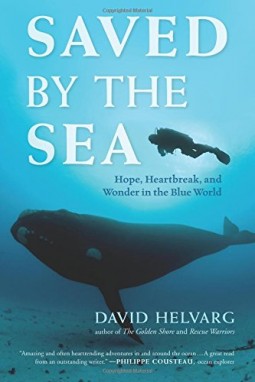 Fragile Ocean (start time: 17:21)
Fragile Ocean (start time: 17:21) 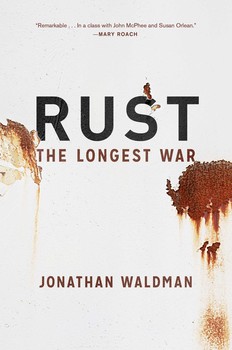
 On today’s spring pledge-drive show we offer segments of two feature interviews. See extended versions also below. Both books are available to those who pledge at least $60 to KGNU. Call 303.449.4885 today.
On today’s spring pledge-drive show we offer segments of two feature interviews. See extended versions also below. Both books are available to those who pledge at least $60 to KGNU. Call 303.449.4885 today.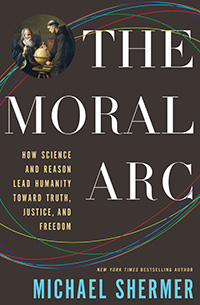 The Moral Arc (start time: 13:21) Author and renowned skeptic Michael Shermer talks with How On Earth contributor Shelley Schlender about his
The Moral Arc (start time: 13:21) Author and renowned skeptic Michael Shermer talks with How On Earth contributor Shelley Schlender about his 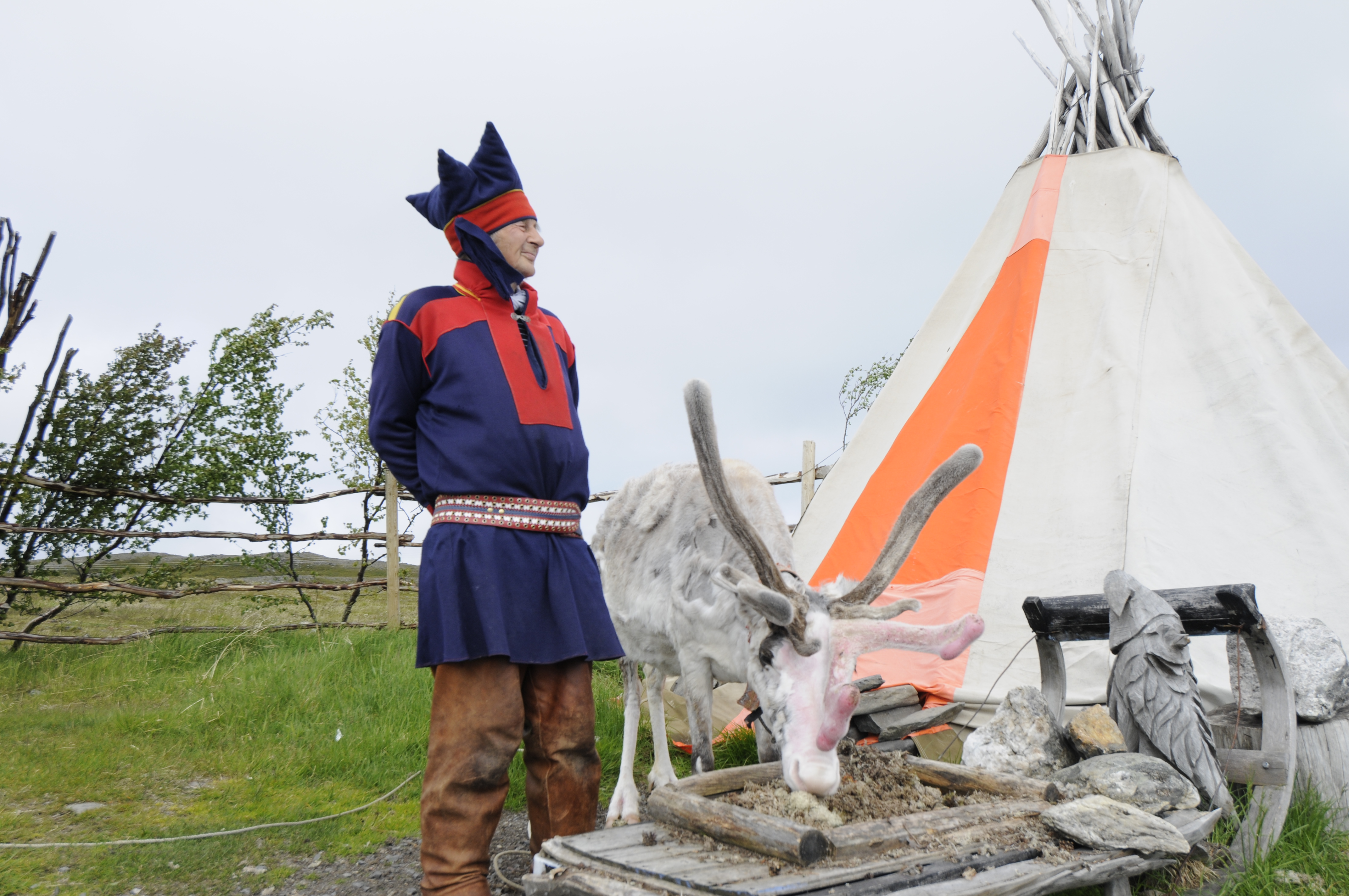
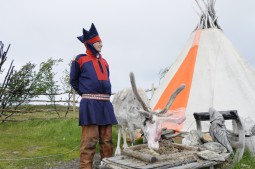
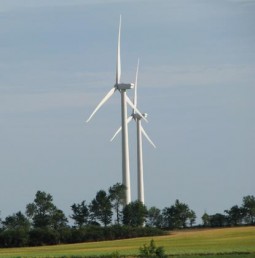



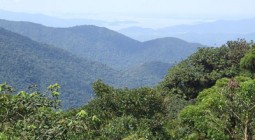
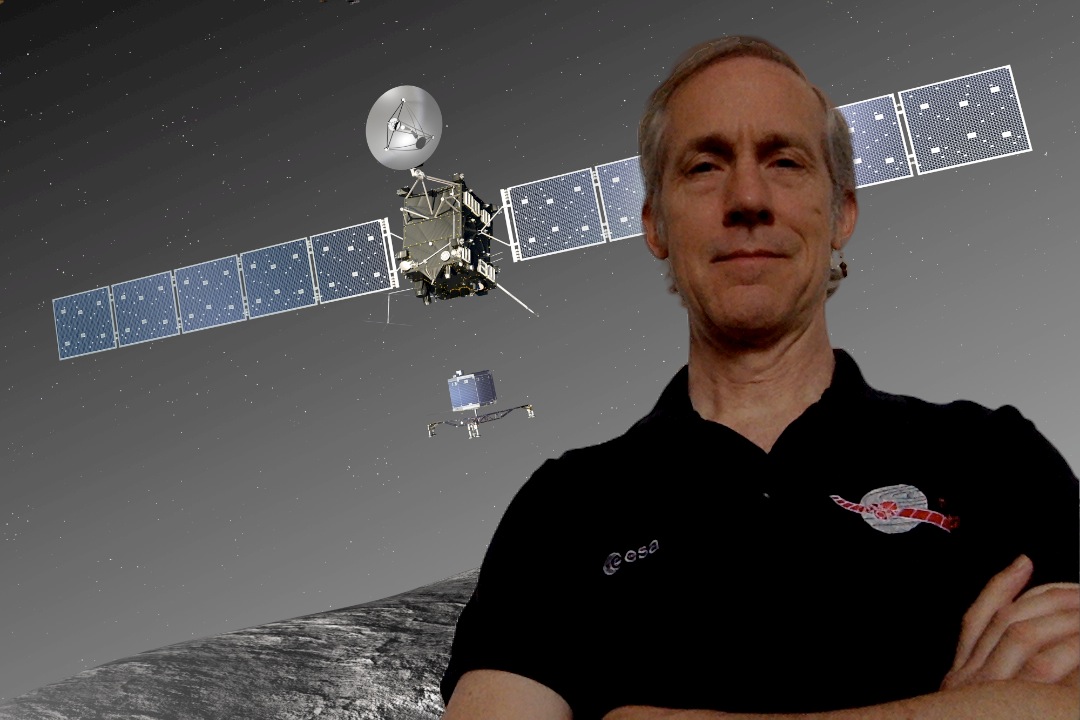
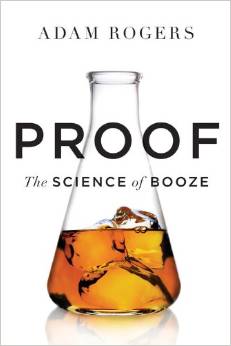 Proof: The Science of Booze (starts at 8:09): Science journalist
Proof: The Science of Booze (starts at 8:09): Science journalist 